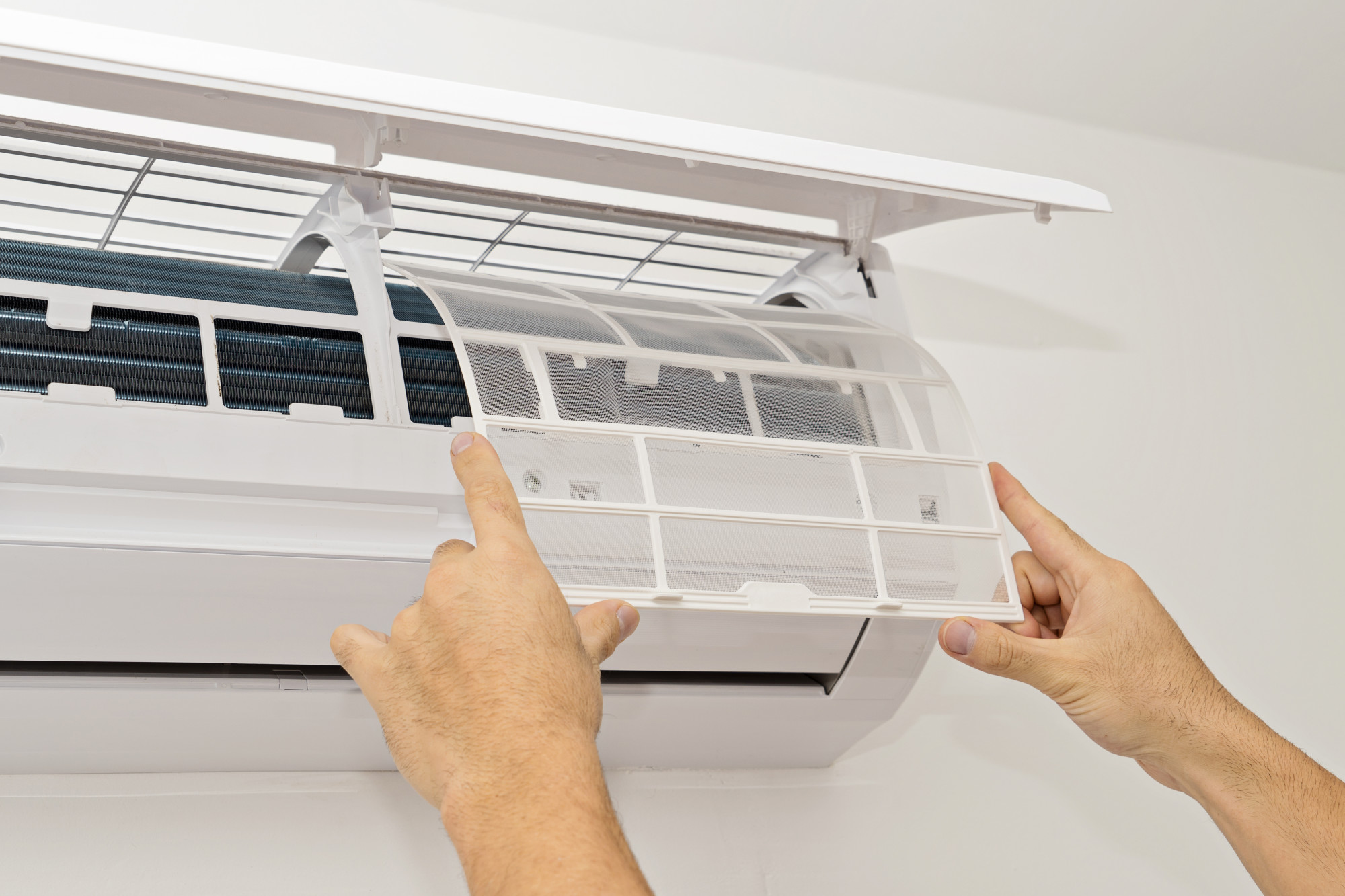When they think of air quality issues and exposure to pollutants, most people assume that our greatest problems come from things like cars and factories.
That’s not actually true, though. The concentration of pollutants is often 2-5 times higher indoors than it is outdoors.
Because of this, you probably need to be more worried about the air you’re breathing inside your home than the air outside.
Not sure where to begin when it comes to cleaning up the air inside your home? Keep reading.
Listed below are some of the best indoor air quality tips we have to offer. Start implementing these today.
Signs of Poor Indoor Air Quality
It’s easy to tell when the air outside is less-than-ideal. It’s not always clear when you’re breathing in toxic air inside your home, though.
The following are some signs you or your family members might experience or notice if the air in your home is polluted in some way:
- Asthma or allergy symptoms (coughing, sneezing, wheezing, etc.)
- Cold and flu symptoms
- Strange smells or smells that linger
- Headaches
- Fatigue
- Dizziness
- Nausea
- Eye, nose, or skin irritation
You might also notice that your house is dirtier than usual. You might find that you have to dust more often, for example, in order to keep surfaces clean.
Top Indoor Air Quality Tips
Do any of these signs or symptoms resonate with you? If you’ve noticed any of them, there’s a good chance the air in your home is not as clean as you’d like it to be.
Luckily, there are a lot of strategies you can implement to clean things up. The following are some good starting points if you’re looking to improve your indoor air quality:
Use Caution When Opening Windows
Opening a window might seem like a great way to let in some fresh air and get rid of stale or polluted air inside your home.
Sometimes, this is the case. Other times, though, you’re just inviting polluted air from outside into your home and making things worse.
To avoid doing this, be sure to check the outdoor air quality in your area before opening up the windows. If it’s a day where the air quality is problematic, keep the windows closed.
Invest in an Air Purifier
An air purifier is a great tool to have in your home if you’re worried about indoor air quality.
Place air purifiers in high-traffic areas, such as the kitchen or living room, in order to see the greatest results from using them.
If you or one of your children experiences particular severe symptoms related to air pollution, you may want to place an air purifier in your (or their) bedroom as well.
Turn Your Fan On
When you’re cooking, it’s a good idea to turn on an exhaust fan to keep air circulating and help to push polluted air out of the house.
Use the exhaust fan in the bathroom after a shower or bath, too. This will help to prevent mildew and mold growth, both of which can contribute to poor indoor air quality.
Vacuum and Mop Often
Be sure to vacuum and mop your floors on a regular basis. This will help to minimize dirt and dust buildup.
It’s especially important to vacuum often if you have pets. Pets, while fun, can bring in a lot of dirt from outdoors, and their hair can contribute to allergies and respiratory issues.
The cleaner you keep your home, the less of a problem these things are likely to be.
Clean Up Your Cleaning Products
Certain cleaning products can actually make your air quality more toxic. Avoid harsh chemical cleaners and swap them out for more natural products instead.
You can also make your own cleaning products using clean ingredients like vinegar, water, baking soda, and essential oils.
Avoid Fires and Candles
A fire in the fireplace and candles lit throughout the house can definitely create a cozy atmosphere. They’re not great for the air you breathe, though, since they release smoke and all kinds of pollutants into the air.
To avoid experiencing symptoms like those listed above, stop burning candles or using your fireplace, or limit their use to special occasions only.
Check for Leaks
Make sure there aren’t any leaks in your home that could be letting in polluted air from outside.
Check around the doors and windows to see if any outdoor air is coming in. If it is, caulk around these leaks or consider replacing the windows or doors with ones that fit better.
Use Air Purifying Plants
Air purifying plants like spider plants and rubber plants are great tools for cleaning the air inside your home in a natural way.
These plants absorb and neutralize pollutants and can have a positive impact on your indoor air quality. They also add life to your home and can make the atmosphere more pleasant.
Clean Your HVAC Filter
According to these HVAC experts, one of the best steps you can take to keep the air inside your home clean is to clean or replace your HVAC filter on a regular basis.
Think about it. If your filter is filthy, you’re going to get dust, dirt, and other pollutants blasted throughout your home every time you turn on your HVAC system.
To avoid this, clean or replace the filters at least twice a year. More frequent cleanings or replacements might be needed in some cases, such as if you have pets.
Improve Your Air Quality Today
Does it seem like your indoor air quality is lacking? If you want to improve the air you’re breathing inside your home each day, these indoor air quality tips are a great starting point.
Implementing just one or two of them could have a big impact on the overall cleanliness of the air you and your family are exposed to on a regular basis.
Do you want to learn about other ways that you can improve your environment and, in turn, boost your health? If so, be sure to read some of the other articles on our site.
The Lifestyle section is full of great advice. Check it out today!











